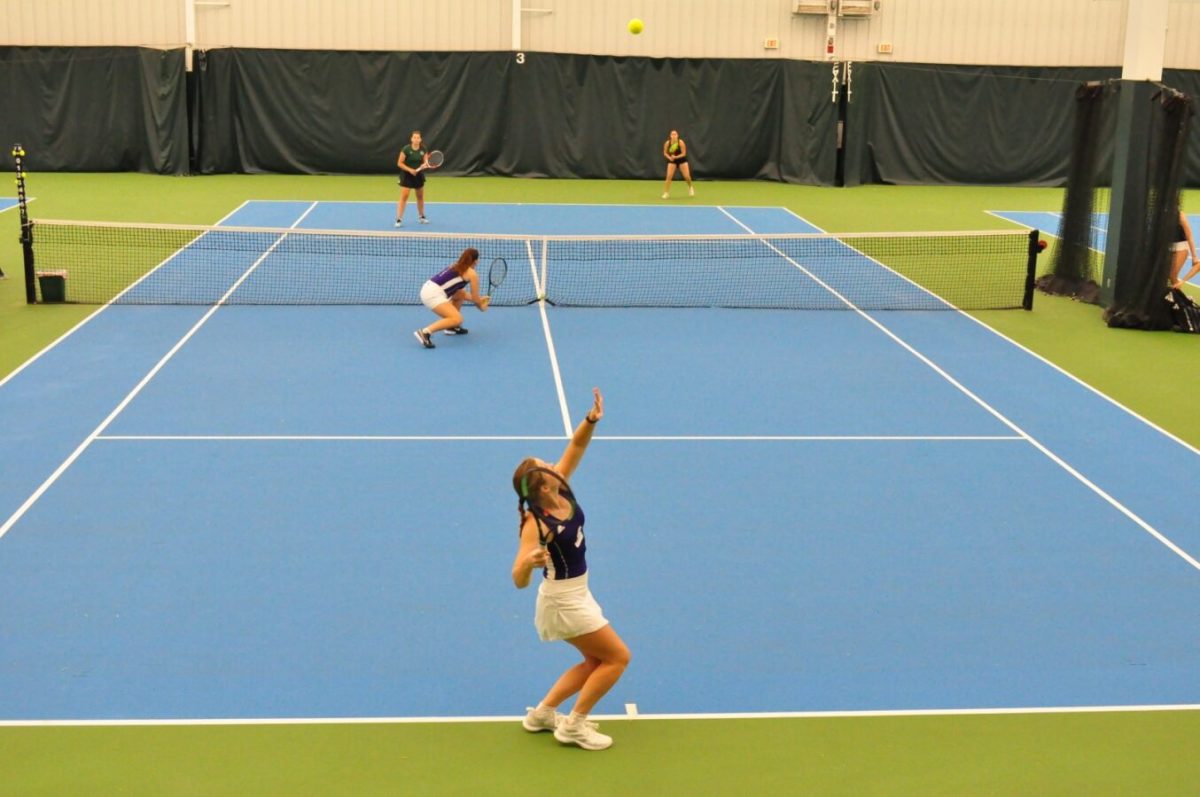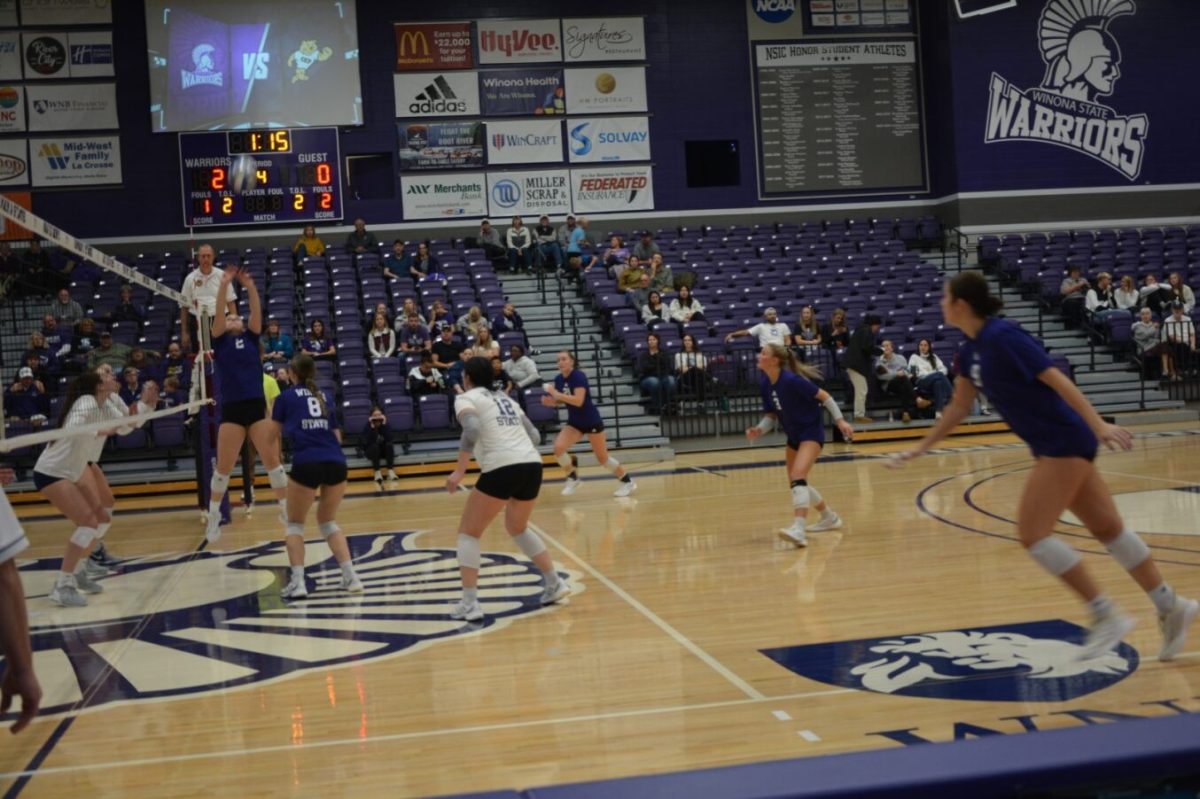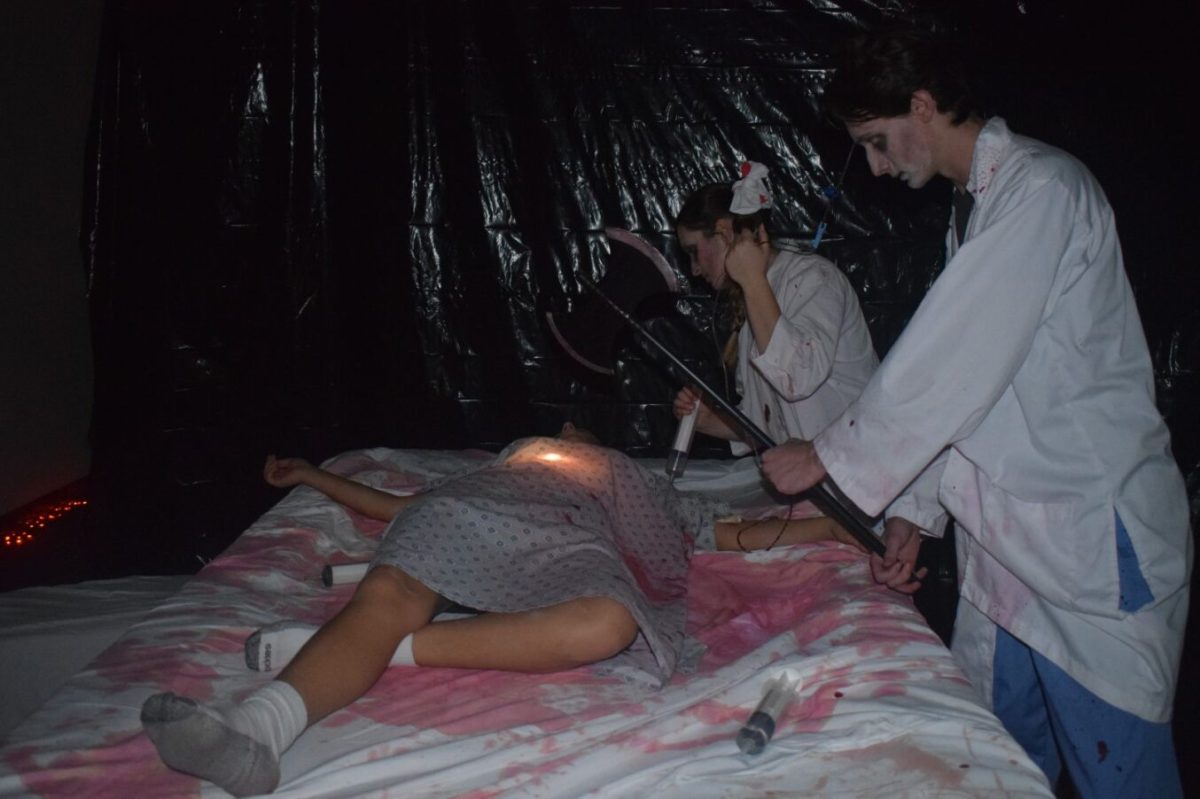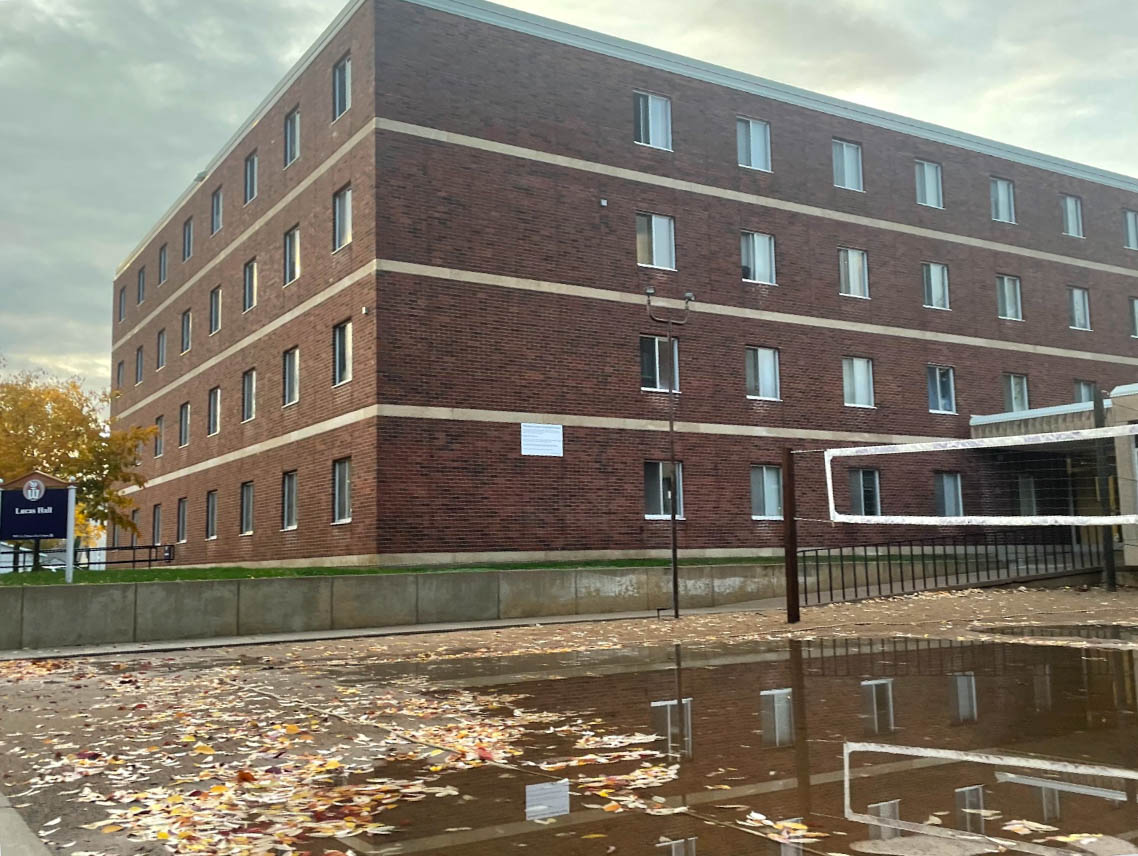Elizabeth Pulanco / Winonan
Famous painter Vincent Van Gogh once said, “If you truly love nature, you will find beauty everywhere.” At Winona State University, beauty can be found within the trees and landscapes growing all around campus.
As a way to recognize Winona State’s commitment to maintaining this beauty, the university was named a Tree Campus USA school for the year of 2016 by the Arbor Day Foundation.
According to Lisa Pearson, director of Winona State’s Landscape Arboretum, there are different requirements that need to be met for a school to earn this recognition.
“There are a number of components involved with earning Tree Campus USA, and that deals with proper maintenance and proper care for the trees, as well as outreach,” Pearson said.
The official requirements set up by the Arbor Day Foundation include establishing a tree advisory committee, evidence of a campus tree-care plan, dedicated annual expenditures for its campus tree program, an Arbor Day observance and the sponsorship of student learning projects.
The main tree advisory committee for Winona State is the All University Arboretum and Land Stewardship Committee, which began with the help of committee co-chair and retired Winona State professor, Jim Reynolds.
“I’ve been involved since before the beginning. I initially proposed the idea to one of the vice presidents back in 2007,” Reynolds said. “The idea set fallow for about five years and then the Arboretum Committee was pulled together in 2012 and in 2013 evolved into the All University Arboretum and Land Stewardship Committee.”
An arboretum is usually a garden or a park area that is centered around trees. At Winona State, the whole campus, east, west and main, is considered an arboretum.
According to Reynolds, former senior grounds keeper Bill Meyer introduced a variety of plant and tree species to campus, which started a new era of dedication and maintenance of these trees.
As a way to continue the dedication to trees, the committee decided to create a full time position for someone with more knowledge on the trees and landscaping. Pearson, who has been working as the director for around two months, was hired in this position due to her work with Wisconsin State Universities as a landscape architect.
“I’m here because the Arboretum Committee felt that they needed someone to help lead the arboretum properly and someone who has a little more knowledge about trees and soils and maybe even design than the typical facilities supervisor may have,” Pearson said. “Along with me they brought in an actual arborist who works with the trees themselves, trimming and pruning and caring for them.”
Winona State is the only four-year college in the Minnesota State system currently holding the Tree Campus USA title.
All of the trees planted on campus are native to the state and the region and according to both Pearson and Reynolds, the trees on campus have economic and ecological benefits.
“We see eagles and other raptors around using the trees, besides your typical squirrels and songbirds. They also provide storm water benefits,” Pearson said. “They take up a lot of storm water off of our pavements and reuse them. The trees also filter out chemicals that we don’t want going into our rivers system, which needs protection.”
On the Winona State campus, there are around 1,500 trees, and Reynolds discussed how important these trees are to the environment and the buildings.
“Those 1,500 trees sequester about 1.9 million gallons of water a year. That water would be going into storm sewers or contributing to erosion,” Reynolds said.
Reynolds also mentioned how the trees have been able to save costs in energy and heating.
“We save enough energy that could power something like 15,000 homes, in terms of their energy requirements; just because of the way these trees are placed on campus and the shade and windbreak that they provide to the buildings on campus,” Reynolds said.
Reynolds and Pearson have been involved and interested in nature since childhood, and the Arboretum Committee has been involved with improving and promoting the interest in nature among people on campus. One way the committee has been able to do this is through an interactive app.
Many of the trees on campus have signs featuring the names of each tree and a QR barcode. Visitors can scan this code on their mobile device with a QR scanning app of their choosing, and they will automatically have access to information about the tree, including its scientific name and the history of the tree.
At the moment, the committee is in the process of filling out the Tree Campus USA application for 2017. The application is due at the end of December.
“The application for the 2017 recognition has grown to about 35 pages and is very comprehensive and detailed on how we meet the five criteria,” Reynolds said.
There are several opportunities for students and the community to be involved with the arboretum.
“Besides volunteer opportunities, which involves planting more trees and pulling weeds, providing input to me on how we can improve spaces in and around campus is another way students can get involved,” Pearson said. “We do have policies that we would like people to know about. Climbing trees might not be the greatest idea and not putting hammocks on the smaller trees.”
With their work at Winona State and around campus, the arboretum has showed that trees matter to those who live, work and learn on campus.
“The trees represent more than just sticking a plant life in the ground,” Reynolds said. “The Tree Campus USA designation really highlights the importance of trees themselves but also the importance of the commitment that Winona State has made to building a sustainable campus, and our commitment to a more sustainable world.”
-By Elizabeth Pulanco






































